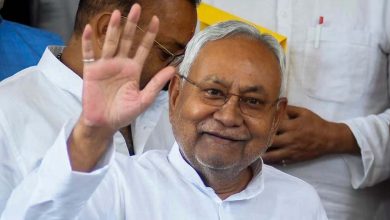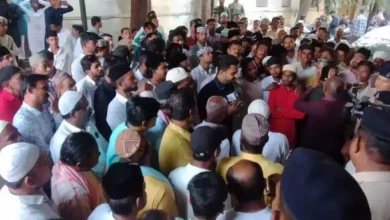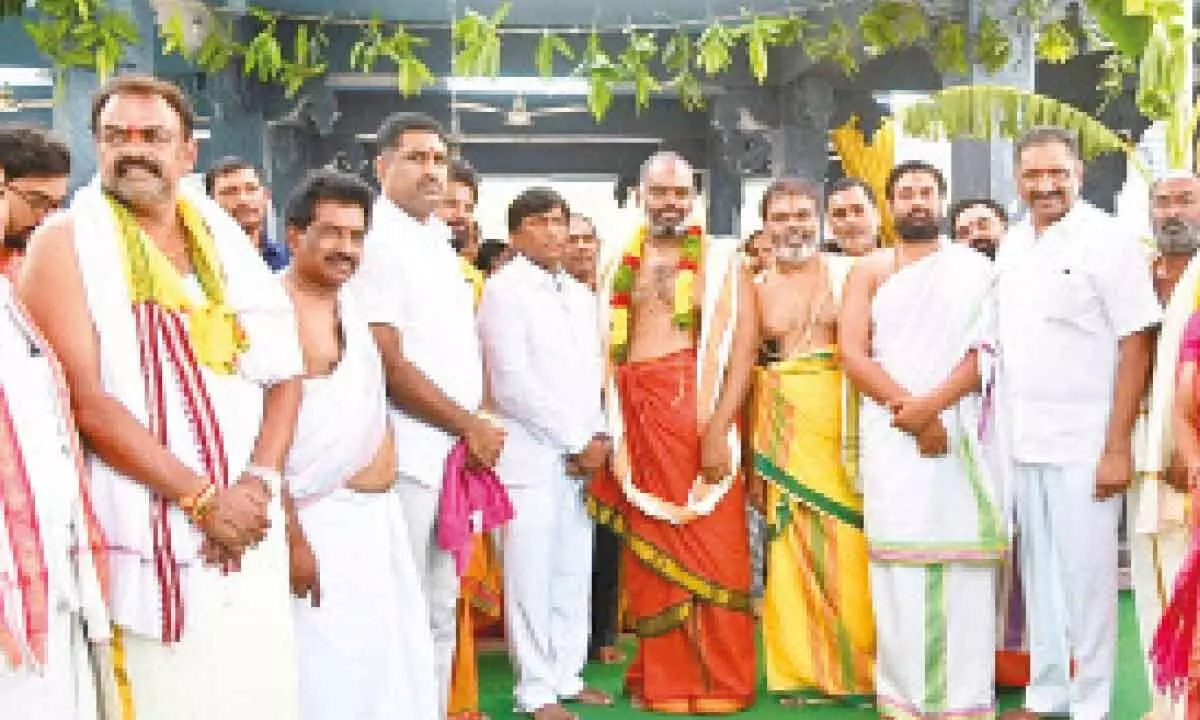Punjab: Shortage of doctors in government health centres

Punjab: The Punjab health department continues to face a severe shortage of doctors, especially medical specialists, though the state government has taken steps to address the shortage after medical staff went on strike in August. Meanwhile, the tussle between the Centre and the state over branding of grassroots health centres has come to an end, leading to the release of stalled central funds. State-run hospitals and medical centres are facing a shortage of around 1,250 medical officers and 2,690 specialists, prompting members of the Punjab Civil Medical Service Association to take up the issue with the government and call for a statewide strike to press for recruitment of medical staff as well as other demands related to their service conditions. As far as medical specialists are concerned, 1,554 posts are vacant against the sanctioned strength of 2,689, a shortfall of 54 per cent. Work is on to recruit more than 100 specialists through walk-in interviews. Low remuneration is said to be the main reason behind specialists staying away from government jobs in Punjab. Apart from some disagreeable terms of service, specialists also have to perform additional duties such as post-mortem, medico-legal work and emergency services, but do not have adequate support staff or infrastructure.
Following discussions and negotiations following the doctors’ strike, which led to the suspension of medical and other routine activities except emergency services, the government accepted some of their demands, including restoration of the assured career progression scheme, adequate security arrangements at all health centres and filling up of vacant posts of paramedical staff. The sanctioned strength of medical officers in the state is 2,293. After the strike, the state government started the recruitment process and so far more than 200 doctors have joined, reducing the shortage to 1,010 (about 43 per cent of the number). This is the first recruitment of doctors by the state government in the last four years. Another round of recruitment of about 400 medical officers is expected to begin in the first half of 2025. The association members have suggested bringing down this shortfall to at least 25 per cent in the near future to ensure effective functioning of the department and to maintain recruitment in line with the annual rate of losses due to retirement or resignation.
The two-year-long tussle between the Centre and the state government over labelling centrally-aided health centres in Punjab as “Aam Aadmi Clinics”, which resulted in suspension of funds, also ended after the Bhagwant Mann-led government in the state agreed to rename them as Ayushman Arogya Mandirs as required under the scheme. About three weeks ago, the Punjab director of health services had written to all district officials in the state that 2,403 health and wellness centres, 466 primary health care centres and 242 urban Aam Aadmi clinics would be renamed as Ayushman Arogya Mandirs as per the Centre’s directions. Such centres are eligible for financial assistance under the centrally sponsored National Health Mission (NHM). About Rs 1,200 crore of NHM funds were stuck since February 2023. In November, the state received two instalments of NHM funds of Rs 123 crore and Rs 164 crore. The state government is upgrading sub-centres and primary health centres as health and wellness centres in line with the central government guidelines and these will now have additional facilities for screening and treatment of non-communicable diseases as well as minor skin and dental ailments.





